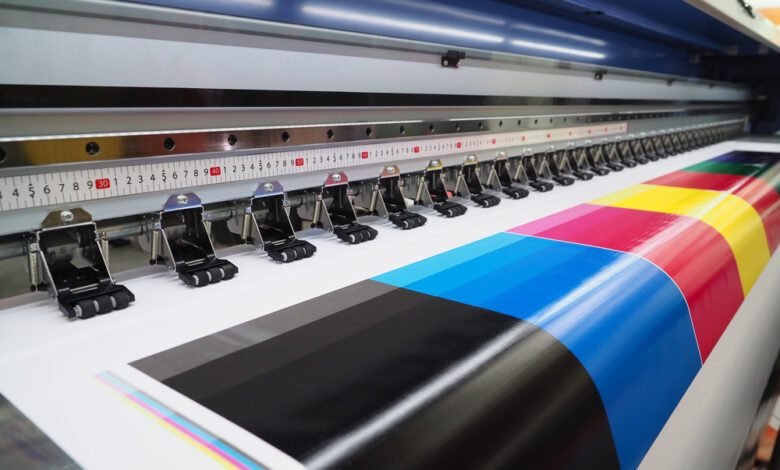The Future of Art: Unfolding the Influence of Digital Printing in the Art Sector

The advent of technology has undeniably brushed its transformative touch onto just about every facet of human existence. Remarkably, it extends its boundless reach to the orchestral universe of art, leaving discernible impact. But, how far does this impact reach? How has technology, more particularly digital printing, unleashed a revolution in the heartbeat of the art industry?
These are pertinent questions that have stirred intriguing conversations amongst maestros in the design industry, curators, collectors and a host of art aficionados worldwide. As we plunge headlong into a detailed exploration of the interplay between art and technology, we hope to weave a coherent narrative that unveils the transformative link between digital printing and the world of art.
Today, brushstrokes are being harmoniously interwoven with clicks, replacing the canvas with the computer screen, catapulting the art industry into a new dynamic era. Together, let’s delve into the realm of this digitized marvel and its multifaceted viewpoints: its genesis, its distinguishing features, its pros and cons, and ultimately its profound influence on the future of art.
The Emergence of Digital Printing in Art
The inception of digital printing in art can be traced to the late 20th century when technological breakthroughs began to shape societies’ cultural and artistic practices. As far back as the 1960s, pioneers in computer graphics started harnessing the digital world’s potential to create art.
But it wasn’t until the 1990s, with the explosion of digital platforms, that the true breadth and depth of this medium began to be recognized. Today, evident in the widespread usage of tools like Adobe Photoshop and Illustrator, digital printing has earned a well-respected spot within the arsenal of the modern artist.
Attributes that Distinguish Digital Printing Art
Distilled into a distinctive form of art, digital printing brings a breath of fresh air into the creative landscape. Unbounded by traditional artistic limitations, it allows artists to experiment with a limitless palette of colors, developing intricate details beyond the bare eye’s capacity to discern.
Furthermore, it facilitates the ability to modify, replicate, and distribute artwork without compromising the original’s quality—attributes traditional forms of art could only aspire to match.
Positives and Pitfalls: Weighing Variety against Authenticity
Arguably, the most significant advantage of digital art is its accessibility. With the right tools and software, anyone can venture into the realm of creativity. Also, for established artists, digital platforms offer the flexibility to amend and amplify their work easily.
Nevertheless, a cloud of contention hovers around the authenticity of digital art. Critics argue that it lacks the physicality and raw, tactile charm inherent in traditional art. While the debate continues, one fact remains clear—digital printing is here to stay, further shaping the art industry’s future.
The Resounding Reverberations of Digital Printing
Digital printing has ignited a steady stream of innovative galleries, exhibitions, and movements. It permits the democratization of art-making and art-consuming, creating room for young, underrepresented voices to echo throughout the art world.
Furthermore, it eases collaboration across borders, enabling artists from disparate geographics to unite on a shared canvas—a feat unimaginable to yesteryears’ artists.
The Future Unveiled: A Confluence of History and Technology
While digital printing is often associated with new-age art, it also serves as a tool for preserving historical and cultural pieces. Museums and galleries worldwide employ digital technology to recreate, restore, and conserve valuable art forms, underscoring the unity between tradition and technology.
As technology continues to advance, so too will the capacities of digital art—leading us into an era of unimaginable creativity.
In Conclusion: Musing over Digital Printing’s Preponderance
Penning the final strokes on our exploration of digital printing’s impact on art, we see a panorama defined by its vast potential. It enables general accessibility, provides limitless room for creativity, and empowers art preservation, making it a cornerstone in the future of art.
While the discourse around its authenticity may linger, its influence remains palpable, overshadowing any perceived pitfalls. It’s safe to conclude that the realm of art, as we know it, is being fundamentally reshaped, thanks to digital printing. At the intersection of tradition and technology, we’re witnessing a beautiful symphony—a revolution that dances to its own digital rhythm, leading the art industry into an era of infinite potential.



